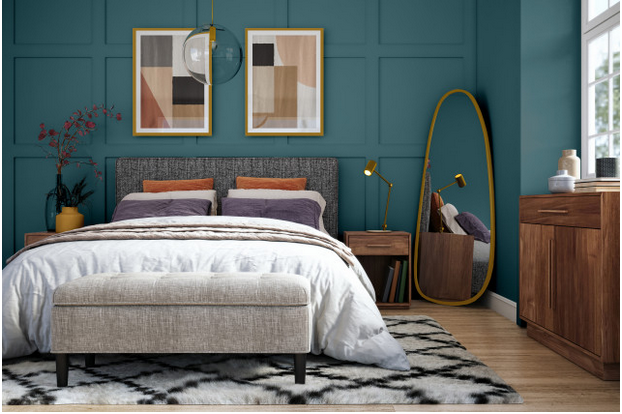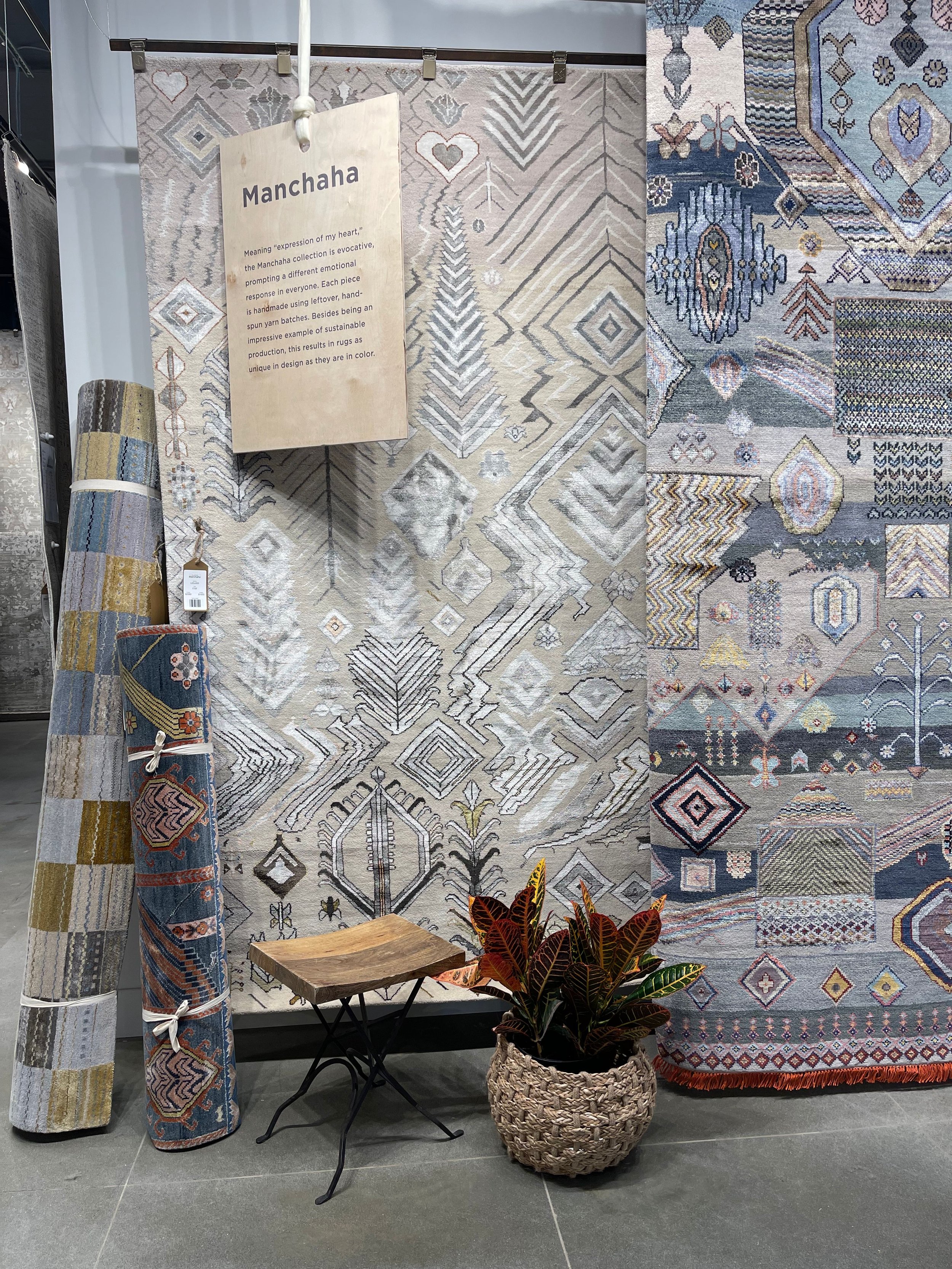As we wait with bated breath (and frustration) for Pantone to declare their trend-setting Color of the Year for 2023, it’s important to recall that many other manufacturers announce their own Colors of the Year.
Rather than the shades of a single color as we’ve seen in the past, the major paint companies are presenting us with more of a mix of categories: soft neutrals, warm pink shades, and rich, deep blue/greens. That is, according to a recent article at the consumer-friendly design site Houzz.com.
Vining Ivy from PPG and Glidden
“PPG and its Glidden paint brand have both selected Vining Ivy as their 2023 Color of the Year for paint. A handsome aqua-emerald, Vining Ivy can be used to create a snug bedroom retreat, as shown here, or put to work in the kitchen as an accent color, perhaps for an island base or pantry cabinets in a glossy sheen.”
The crew at Glidden wants us to stress that “This ‘bluish-greenish-something-in-betweenish’ color serves up versatile vibes, making it an on-trend addition to any room. No matter if you think it looks more blue or more green, either way, it’s a vibe.”
Everglade Deck by Valspar
“Rather than promoting one Color of the Year, Valspar has chosen to highlight 12 trending paint colors, as it did for 2022. One of its picks, Everglade Deck, is another saturated blue/green, a bit moodier than Vining Ivy. It has surprising warmth for such a cool color. Here it infuses a bathroom with dramatic, elegant color.”
The folks at Valspar believe this colorway is trending because, “As we turn away from faster-paced lifestyles, we continue to seek balance and calmness as a source of health and rejuvenation.”
Terra Rosa by Dunn-Edwards
“While greens and blues remain popular with homeowners, increasingly warmer colors are making headway. Terra Rosa by Dunn-Edwards is a cinnamon-rose hue that’s a fresh take on more neutral browns and burgundies. It’s somewhat vibrant but also has an earthy quality; this earthiness makes it a versatile [shade of] pink.”
It’s so nice to know that there are people out there who not only see but wish to enhance our quality of life. The people at Dunn-Edwards illustrate that commitment to a life well lived by stating, “Terra Rosa highlights living a life filled with joy and finding the beauty in everyday small pleasures. The grounding quiet comfort of Terra Rosa provides a touch of prettiness with the influence of pink, yet still can create drama with its deep value.”
Are you confused by the number of choices yet? We understand so we’ll pause here to let you absorb these new design trends. But, you might want to stay tuned for a further examination of the broadening spectrum of trending 2023 Colors of the Year in a future post.
If that doesn’t work, feel free to check in with us for our further impressions of these categories of colors that are trending for next year. Just click here to… Get in touch with TD Fall today.



























